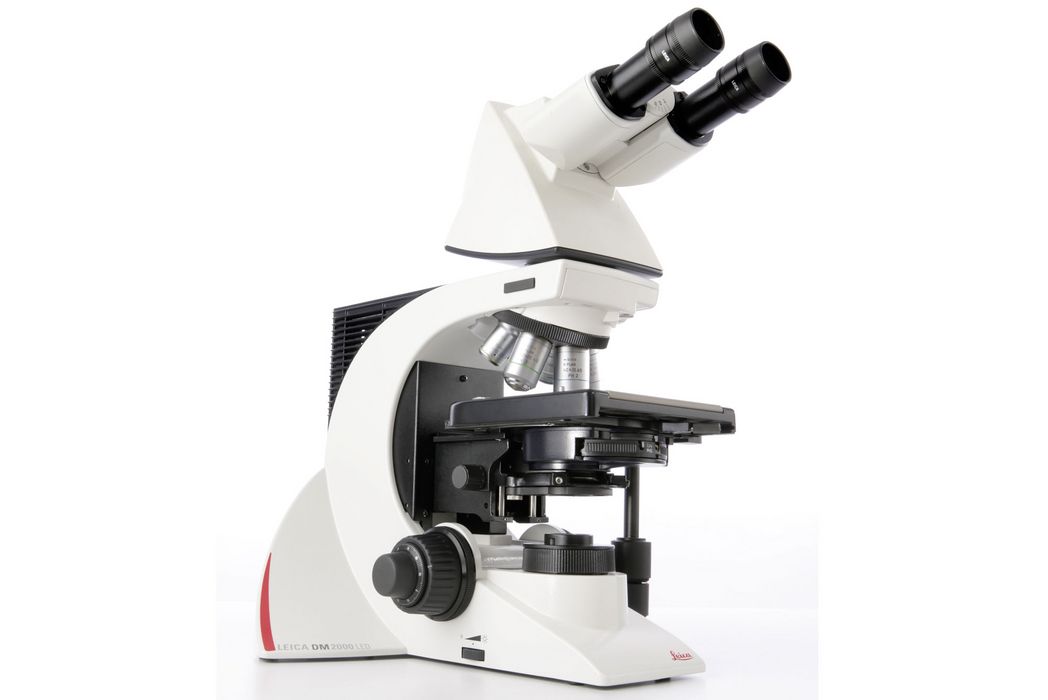Leica DM2000 & DM2000 LED Microscopios ergonómicos únicos para aplicaciones clínicas complejas
Gracias a su sofisticado diseño modular y a su método de fluorescencia de alto rendimiento, los microscopios Leica DM2000 son idóneos para tareas complejas en patología, citología y muchas otras aplicaciones. Para necesidades especiales de diagnóstico, el microscopio está homologado para el diagnóstico in vitro (DIV) y la fecundación in vitro (FIV).
Los microscopios Leica DM2000 pueden configurarse con una amplia variedad de componentes ópticos y técnicas de contraste para satisfacer los requisitos específicos de aplicaciones exigentes. Leica DM2000 está disponible en dos versiones: con iluminación halógena clara o con LED de larga duración.

